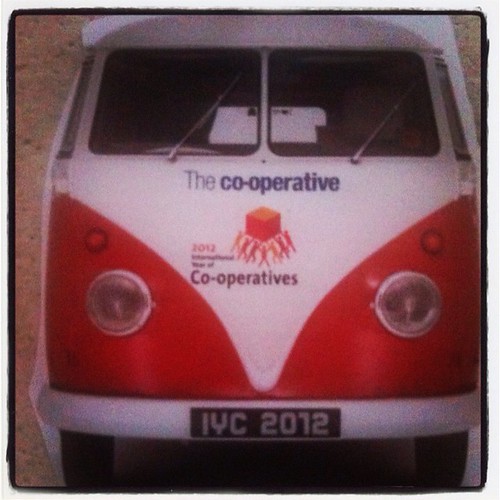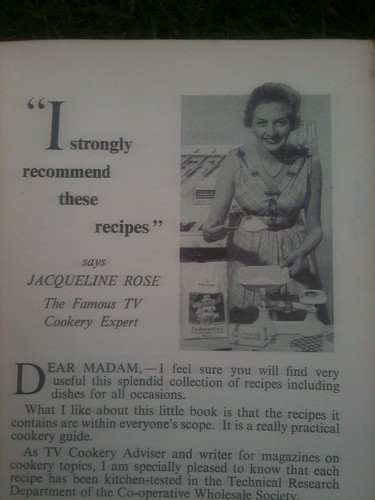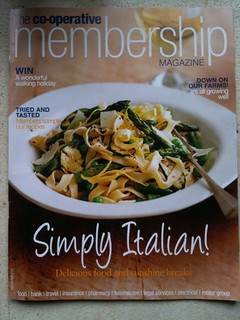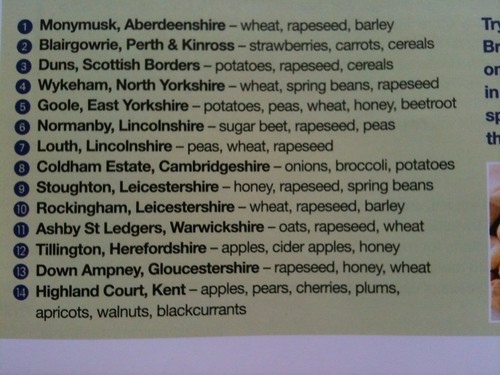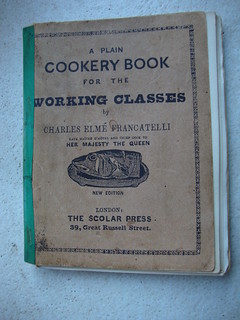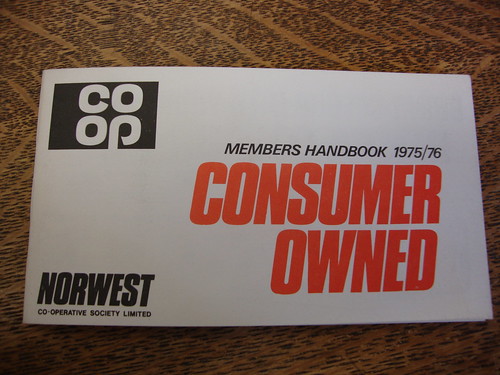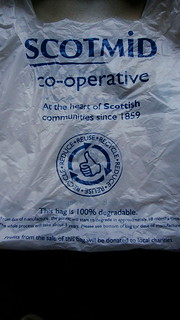
Garibaldi visited England in April 1864. He was world famous before the yacht landed at the Isle of Wight, he was a sensation when he stayed in London. [ Now before you read more can I point out that his name is pronounced Gary-Bal-Dee ]. Everyone wanted to meet him, he drew massive crowds at speaking engagements and received hundreds of invitations.
Manchester wanted him to visit. A Manchester Working Men's Garibaldi Reception Committee was got together and the Free Trade Hall was going to be the venue. However the legendary hero left abruptly, supposedly on ill-health grounds but really under pressure from the British Government. Whilst it had suited British foreign policy to remove the Austrians from the Italian states and have a unified new country it didn't want a radical, inspirational revolutionary touring the industrial provinces. Garibaldi's notions of democracy, emancipation, freedom and women's rights were not on the political agenda of the ruling classes.
So what do we have. Italy has thousands of squares, roads and statues to the great man. Britain has a biscuit originally produced by Peak Freans in 1861. A type of blouse and shirt popular then but not seen now. Also the colours of Nottingham Forest football club who adopted red in honour of the Garibaldi's irregular army of Red Shirts. Arsenal play in red because Forest gifted them a full kit years later.
However disappointed as the people of Manchester were the M&SE Co-Op produced an hagiographic address which they forwarded to our hero.
